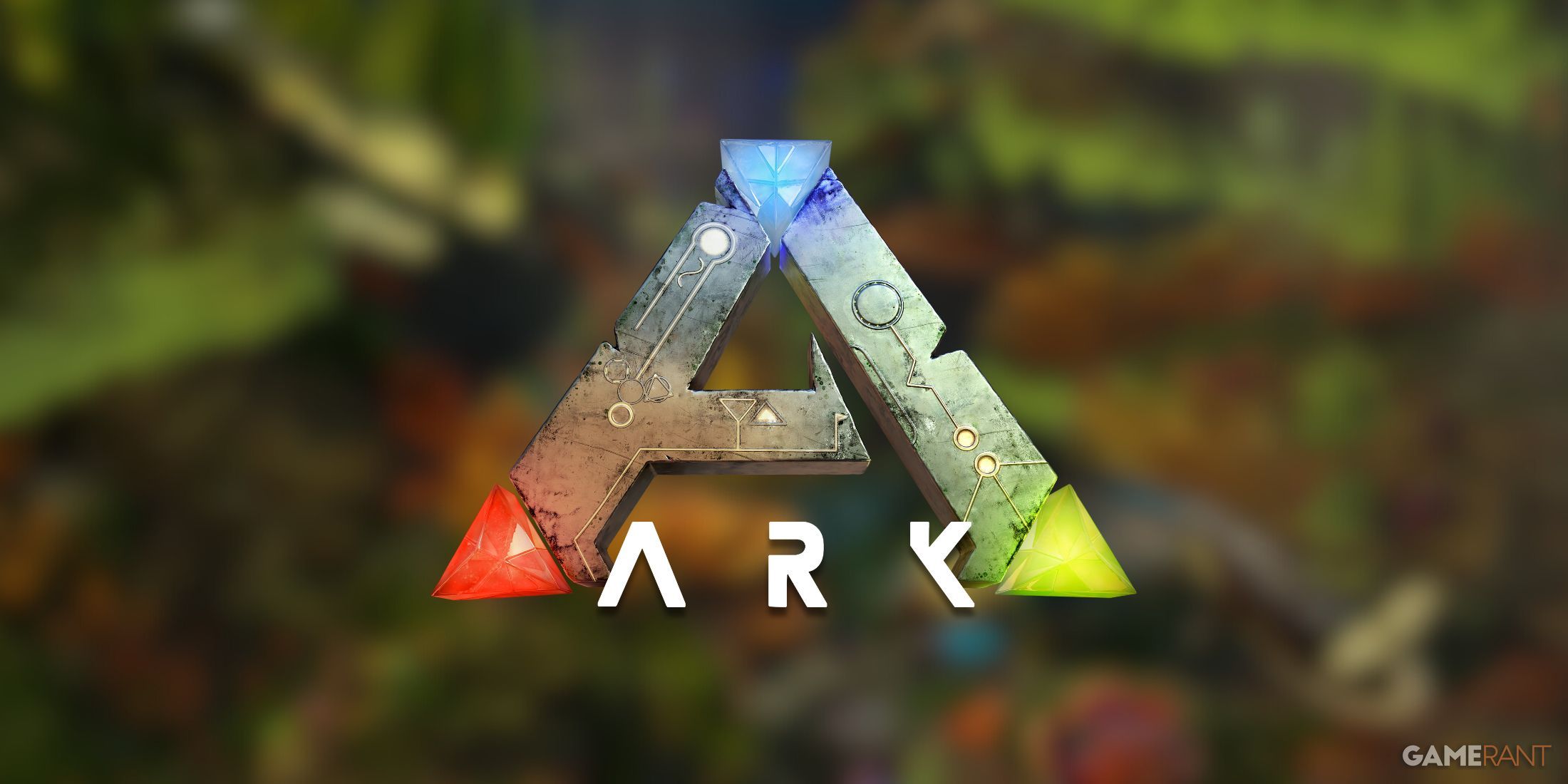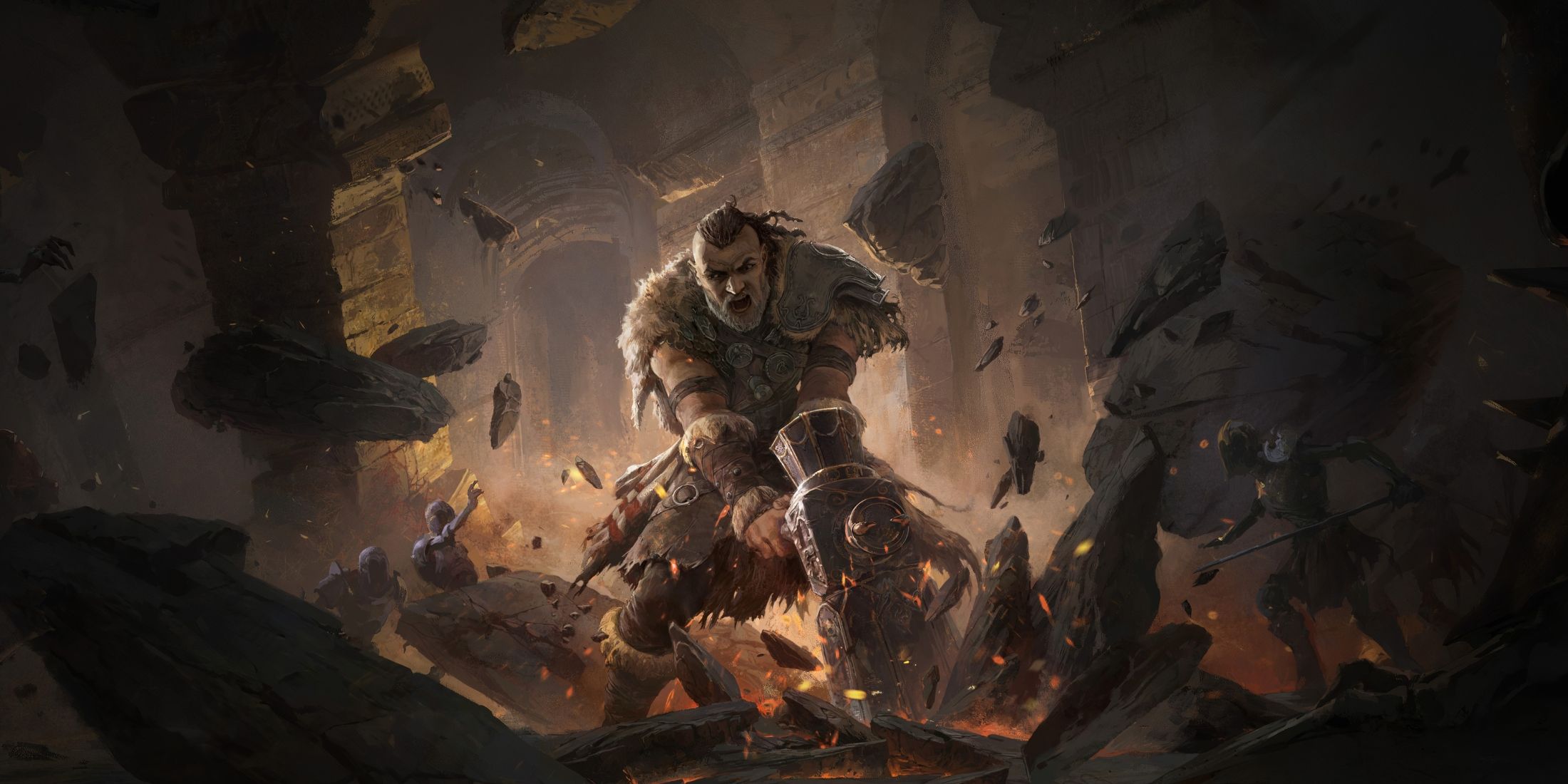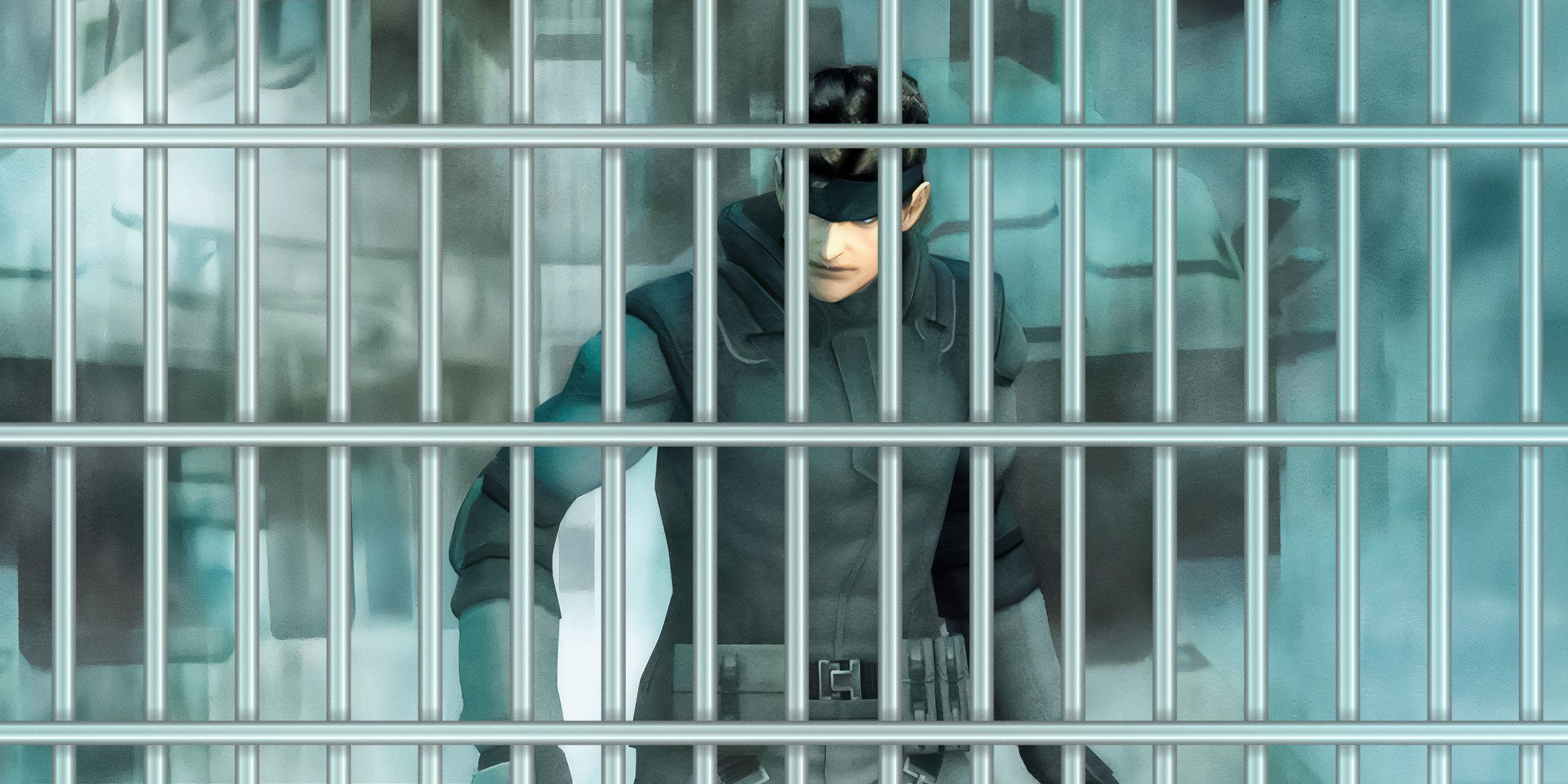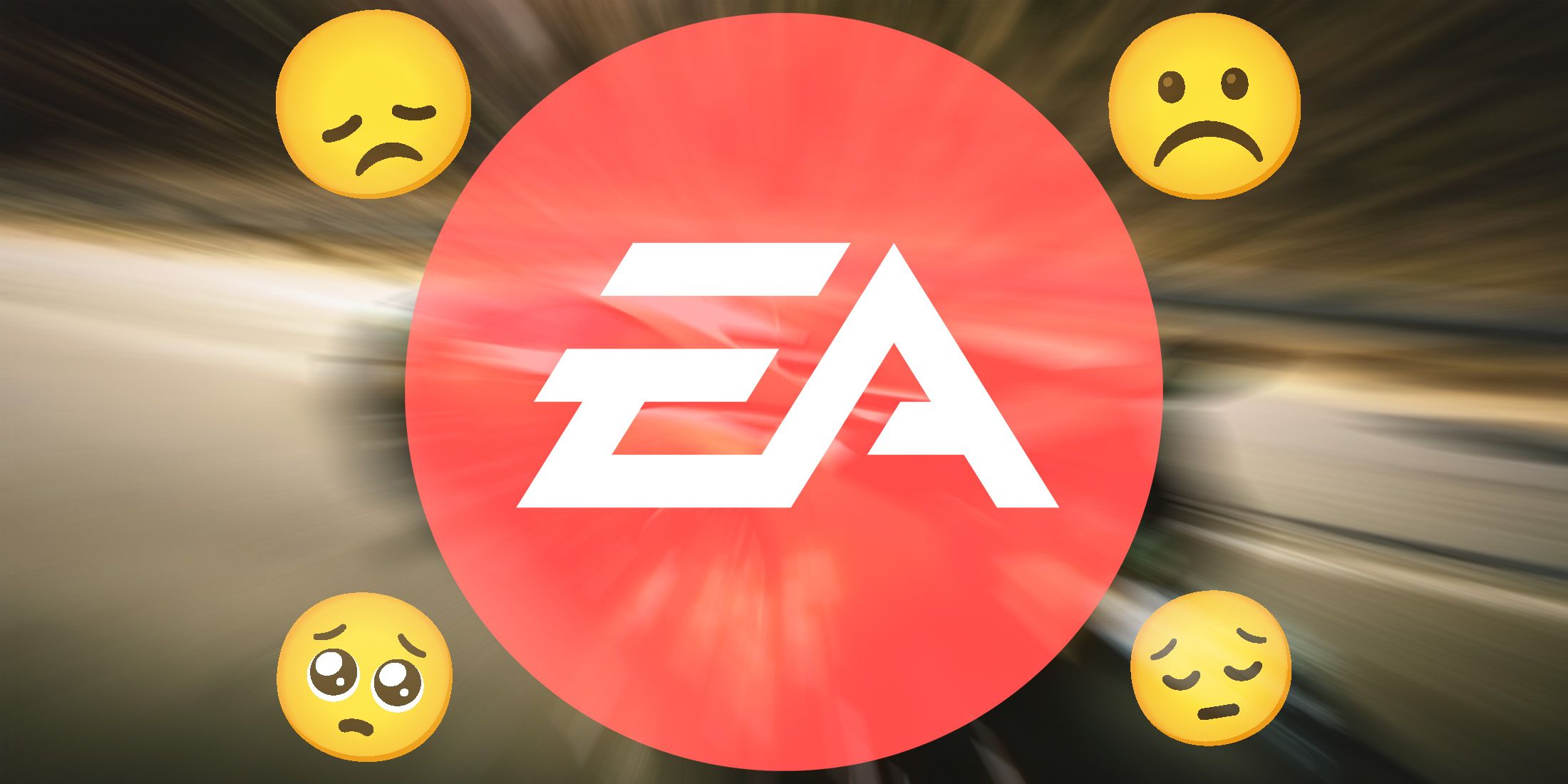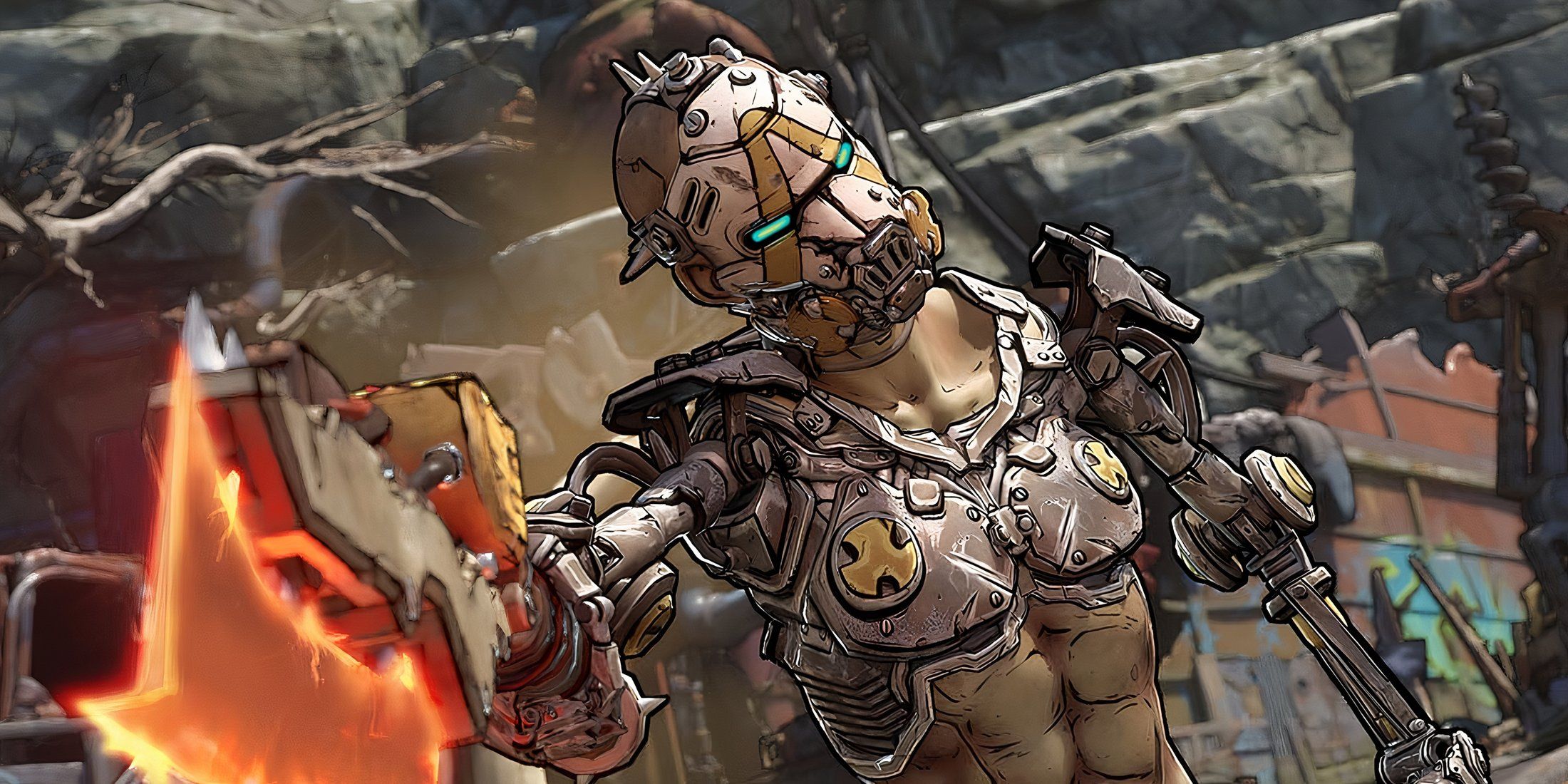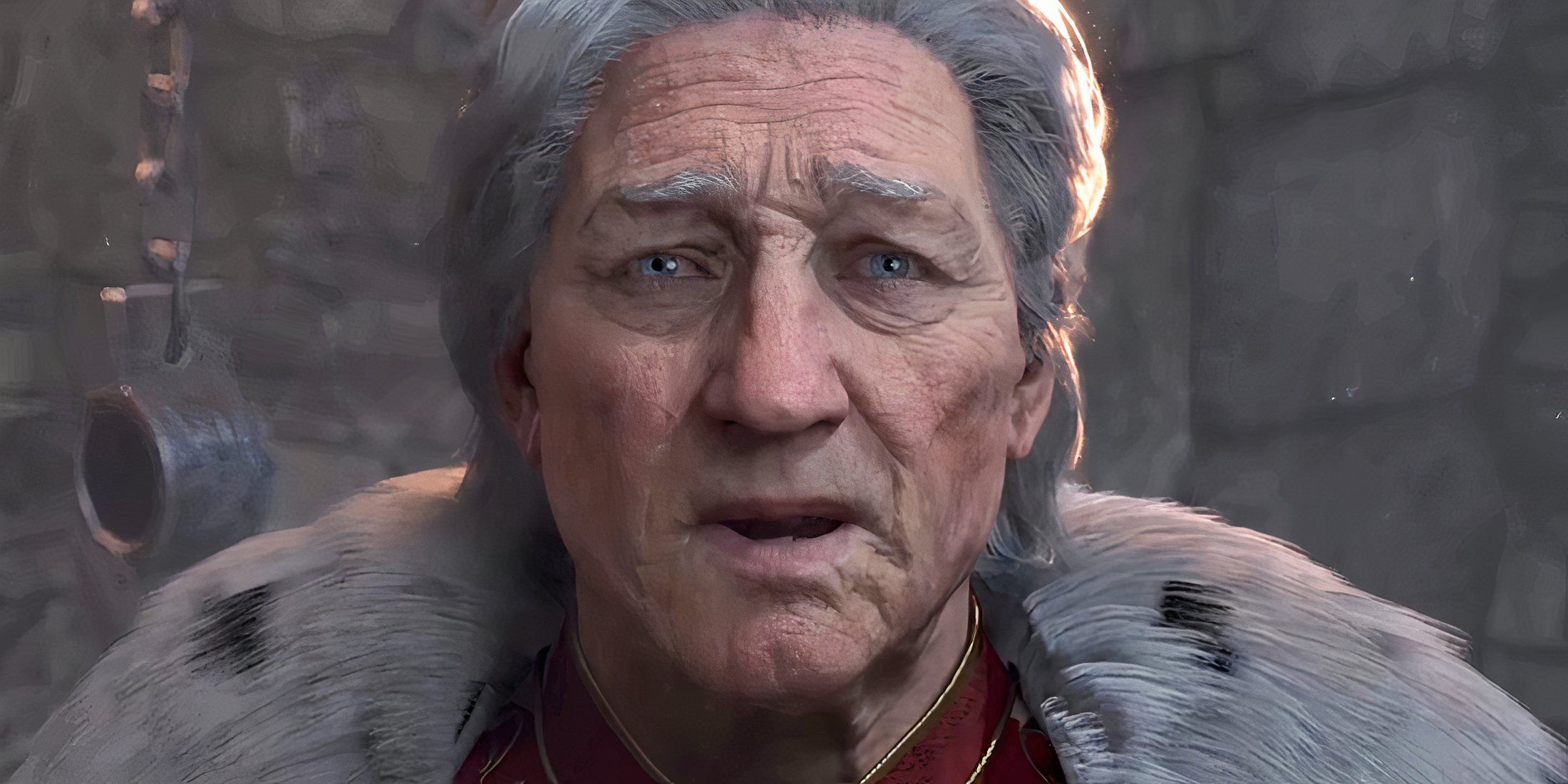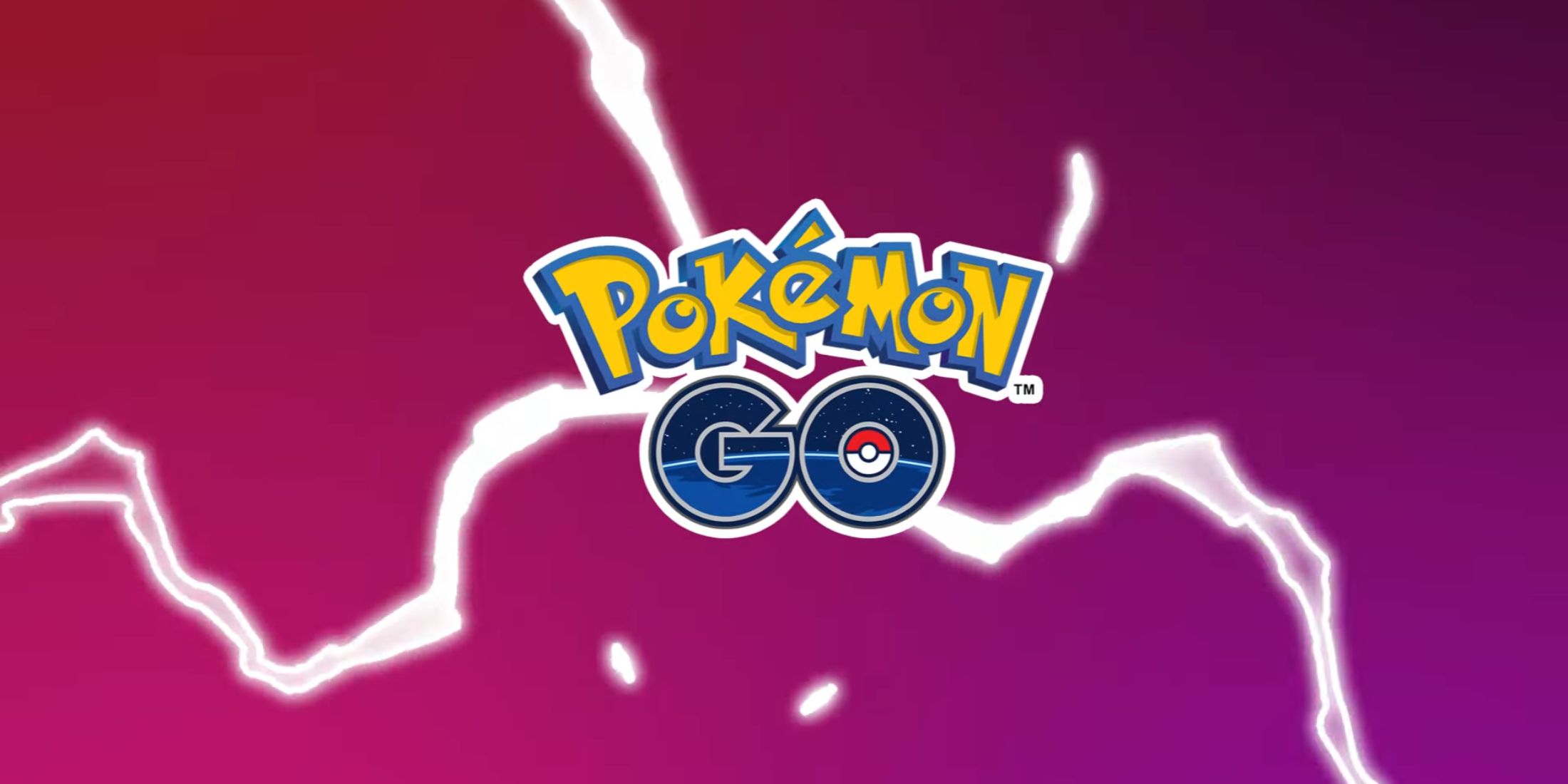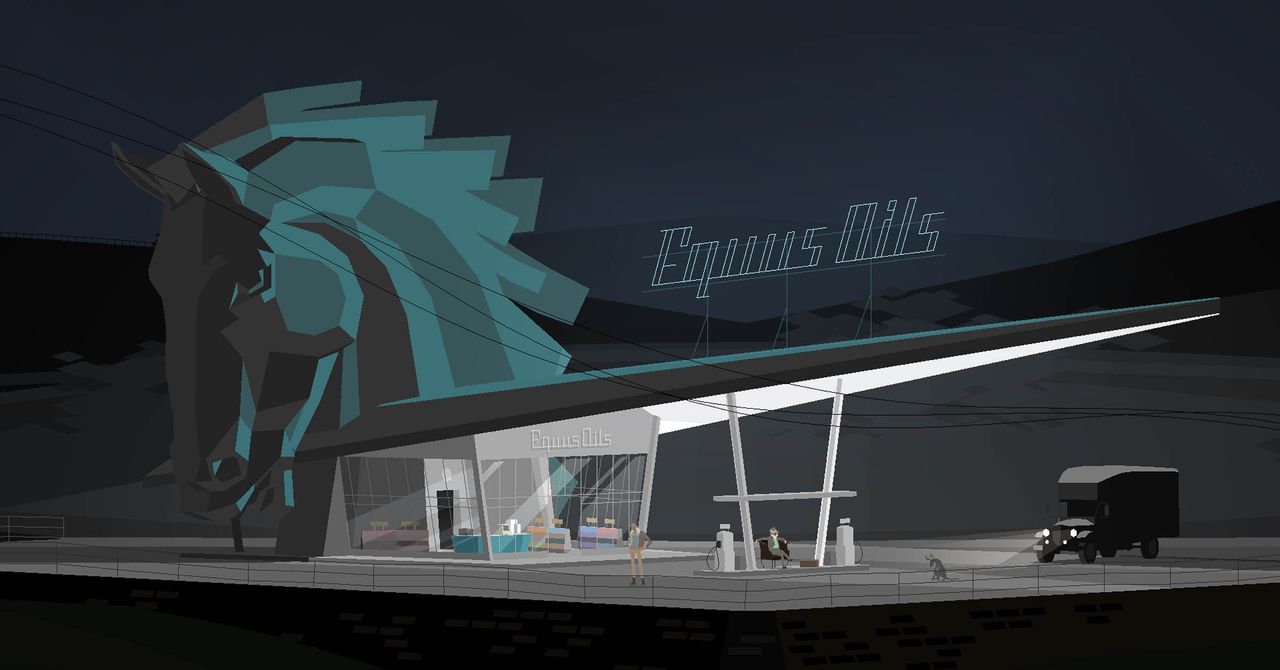
Kentucky Route Zero has won “Game of the Year” awards multiple times, was dubbed the “best musical of 2014,” and has been called “the most important game of the decade”—and all this before it was finished. Over the past seven years, the three-person indie studio Cardboard Computer has released four episodic “acts” of its critically acclaimed game, along with four playable “interludes.” Fans have eagerly awaited the fifth and final chapter, the one where maybe, just maybe, you will arrive at your destination.
It’s finally here, part of a new collected edition from Annapurna Interactive for PC and console. The menu takes the shape of a circle, each act arranged around it like numbers on a clock face. This is a game that loves circles, cycles, places where binaries collapse: real and unreal, absence and presence, inside and outside. Back in 2013, the first chapter began with a scene that felt very much like an epilogue: an aging man named Conway setting out at sunset to make his last delivery for a doomed antique store. Naturally, the fifth act ends with something that feels like a beginning: a hazy orange sunrise, shimmering across a waterlogged town the morning after a terrible storm.
Kentucky Route Zero has never been a very literal game, which makes it hard to describe in concrete terms, but let’s give it a try. Imagine for a moment that the next Great American Novel was created in the 21st century as a point-and-click adventure game, woven out of Southern Gothic fiction, magical realism, and a techno-mystical understanding of hyperreality. Imagine it is a tragic ghost story about the American Dream where the ghost is the American Dream; the tragedy is that it keeps haunting America because it doesn’t know it’s dead.
Originally conceived in the aftermath of the devastating 2008 recession, Kentucky Route Zero is a surreal tour of economic ruin visited on the Rust Belt by the greed of the superrich. Everyone you meet in its version of rural Kentucky feels lost, liminal, and precarious. Like 40 percent of Americans, Conway and the people he meets—a TV repairwoman, two self-liberated androids, a professional theremin player, and a little boy whose brother is a giant eagle—are all teetering on the edge of financial ruin, just one accident or bad day away from toppling over into crushing debt.
Where many videogames look primarily to other games for inspiration, Kentucky Route Zero reaches outside the medium, referencing film, theater, poetry, philosophy, semiotics, bluegrass music, computer art, and interactive fiction. Its structure—the way the acts and interludes are built—is inspired by theatrical set design, particularly where you are drawn into spaces where the audience is, say, both inside and outside of a bisected house, where the walls open up and dissolve the lines. There’s a moment during your road trip down the Zero where you and your new friend Shannon stop for directions at the Bureau of Reclaimed Spaces, an office of professional gentrifiers located in an odd-looking cathedral. When you arrive, Shannon looks up, disoriented by the vertical patchwork of jutting concrete and night sky. “This is weird,” she says, “but are we inside or outside?” Conway has three possible answers: inside, outside, or both.

